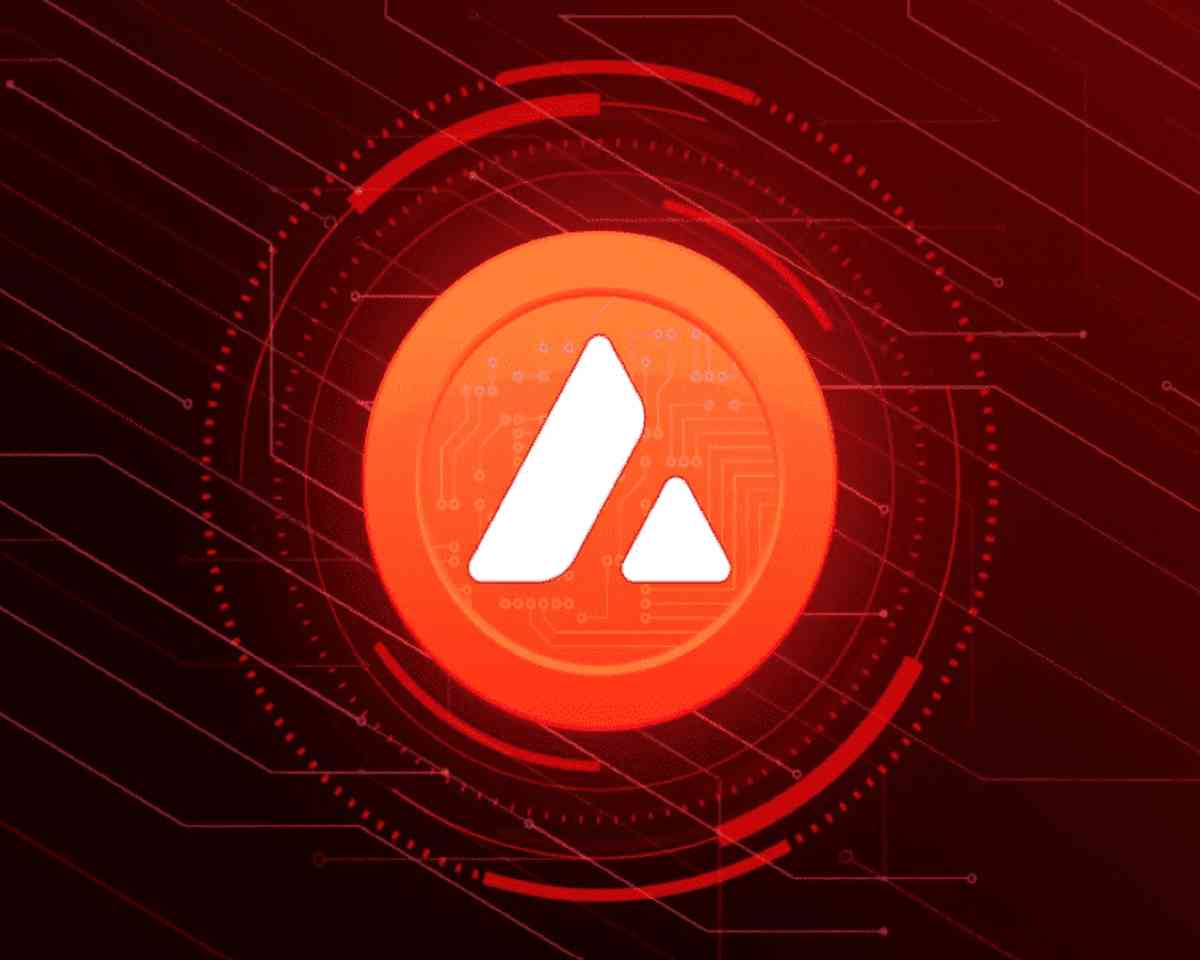The Avalanche blockchain was launched in 2020 with an aim to be fast, versatile, secure, and affordable.
What is Avalanche (AVAX)?
Avalanche or AVAX is a cryptocurrency and a blockchain platform, competing Ethereum. AVAX is the native token of the Avalanche blockchain. Similar to Ethereum it uses smart contracts to support many blockchain projects.
AVAX is mostly used for paying transaction processing fees, and securing the Avalanche network, as well as acting as a basic unit of account among blockchains in the network. It is able to provide near-instant transaction finality.
Avalanche has some features that make it unique, and here are some of the most important:
Creation rate
AVAX has a maximum supply of 720 million tokens, and it is AVAX users who govern the speed of new coins minting. AVAX holders vote to adjust the amount of AVAX paid as a reward for adding a new block to the blockchain.
Transaction fee structure
The cost of a transaction may vary depending on the type of transaction. Fees are removed from circulation, enabling AVAX to become scarcer over time. Again, users are those who vote to decide the transaction fee.
Consensus mechanism
Transactions on the blockchain are being confirmed with the use of a unique method, requiring small, random subsets of participants. They confirm transactions before their finalization.
Participation rewards
Participants in the network can earn rewards from processing AVAX transactions with high uptime and fast response time.
Avalanche Pros and Cons
Pros
Some of the most important advantages of Avalanche are the fast transaction processing times, as well as the reward structure for participants. Moreover, Avalanche is capable of supporting many blockchain-based projects.
Cons
A disadvantage of Avalanche is the competition from platforms like Ethereum. Avalanche validators must stake 2,000 AVAX tokens, and another big disadvantage is that malicious or careless validators are never penalized.
How to buy AVAX?
AVAX can be bought through a cryptocurrency exchange, such as Coinbase or Kraken. The Avalanche platform also supports decentralized trading between AVAX and Ethereum-based tokens.
Avalanche vs Ethereum
As we already said, Ethereum is the biggest competitor of Avalanche. According to Avalanche, it offers a faster transaction processing time, with 4,500 transactions per second. To compare, Ethereum has a limit of about 15.
Ethereum operates at a larger scale, supporting many projects and transactions, while Avalanche has an ability to scale, which may give it a long-term advantage over Ethereum.
Another difference between Avalanche and Ethereum is in their fee structures. For Avalanche, all processing fees are burned, while the Ethereum network burns only a percentage of transaction processing fees. Moreover, the fee structure for the Avalanche platform is entirely controlled by its users.
Is there a risk in investing in AVAX?
Investing in any cryptocurrency is always a risky process. Although it seems like an interesting digital asset with a great future, you should always be aware and never invest more than you are willing to lose.
Conclusion
Here are the most important facts to remember about Avalanche:
It is a blockchain platform, and AVAX is its native currency.
Avalanche is a competitor to Ethereum, prioritizing scalability and fast transactions.
AVAX is used for securing the Avalanche blockchain.
Fees and rate of AVAX coin creation and transaction are determined by a governance model.
